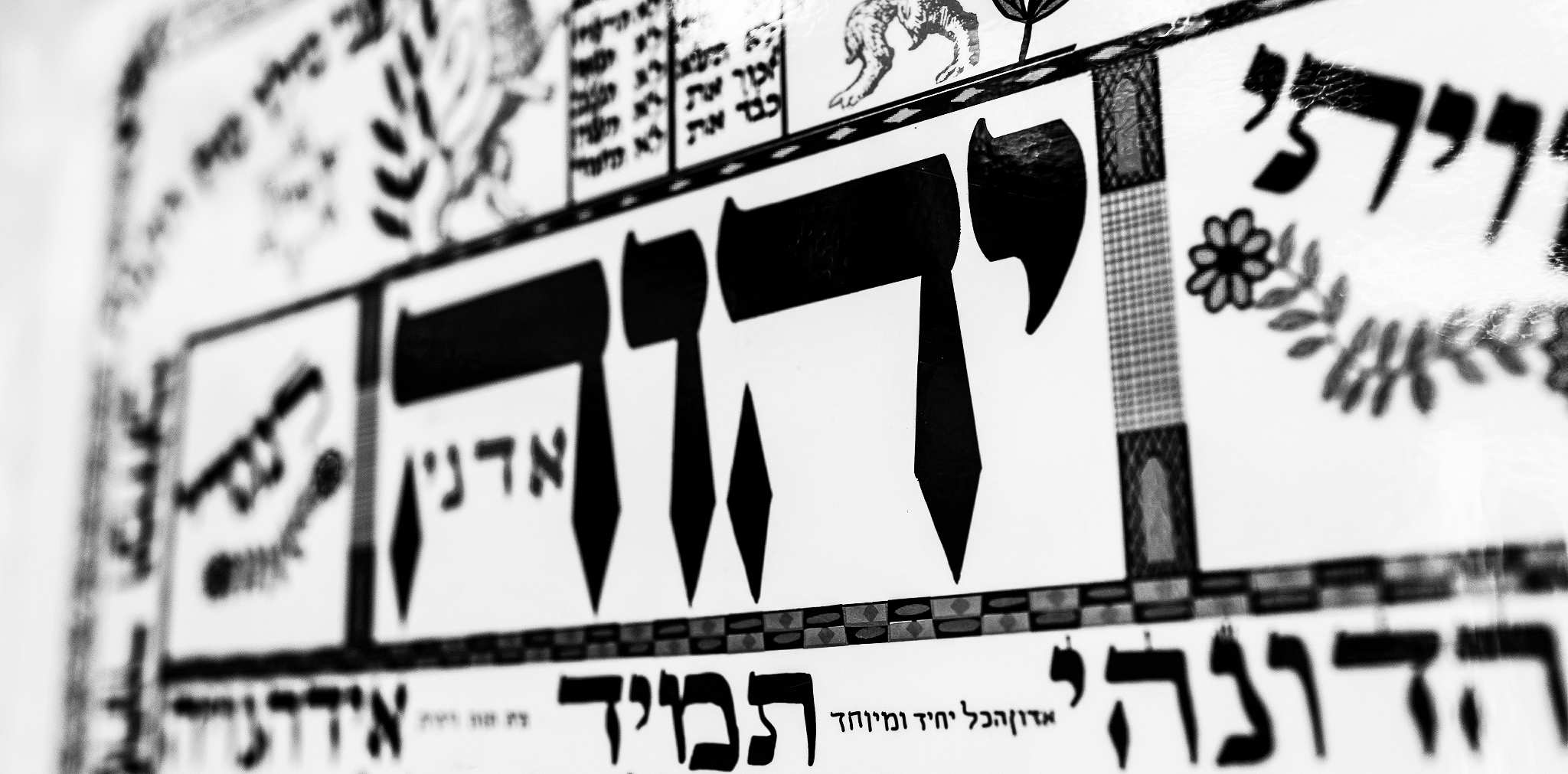 Though it is important to guard our sincere convictions and to be passionate about what we believe, we must nevertheless be careful to walk in humility before the mystery of life… After all, much is inscrutable to us, much is beyond our understanding, and therefore, if we are honest, we should be reverent before the “sacred secrecy” of everything. Fanaticism and intolerance (whether secular or religious) is motivated by willful ignorance of the marvelous complexities that pervade existence. The fanatic invariably seeks to reduce life to a simple formula, recipe, and a generalization. The humble person, on the other hand, freely confesses that they “walk by faith, not by sight” — by hearing the Word of God and heeding what the Spirit of God is saying to the heart… For now we “see through a glass darkly,” which literally means “in an enigma” (ἐν αἰνίγματι). An enigma (or riddle) is an analogy given through some resemblance to the truth, though quite often the correspondences are puzzling and obscure. Hence, “seeing through a glass darkly” means perceiving obscurely or imperfectly, looking “through” something else instead of directly apprehending reality. We see only a reflection of reality, and our knowledge in this life is indirect and imperfect. This is contrasted with the “face to face” (פָּנִים אֶל־פָּנִים) vision and clarity given in the world to come, when our knowledge will be clear and distinct, and the truth of God will be fully manifest and no longer hidden. Being “face to face” with reality means being free of the riddles, the analogies, the semblances, etc., which at best adumbrate our way.. Such reflection should make us humble whenever we share our faith. “Now we know in part, but then shall we know in whole” (1 Cor. 13:12). Let therefore repeat that an honest theology must find a place for mystery, for “seeing through a glass darkly,” and for the apprehension of awe and wonder.
Though it is important to guard our sincere convictions and to be passionate about what we believe, we must nevertheless be careful to walk in humility before the mystery of life… After all, much is inscrutable to us, much is beyond our understanding, and therefore, if we are honest, we should be reverent before the “sacred secrecy” of everything. Fanaticism and intolerance (whether secular or religious) is motivated by willful ignorance of the marvelous complexities that pervade existence. The fanatic invariably seeks to reduce life to a simple formula, recipe, and a generalization. The humble person, on the other hand, freely confesses that they “walk by faith, not by sight” — by hearing the Word of God and heeding what the Spirit of God is saying to the heart… For now we “see through a glass darkly,” which literally means “in an enigma” (ἐν αἰνίγματι). An enigma (or riddle) is an analogy given through some resemblance to the truth, though quite often the correspondences are puzzling and obscure. Hence, “seeing through a glass darkly” means perceiving obscurely or imperfectly, looking “through” something else instead of directly apprehending reality. We see only a reflection of reality, and our knowledge in this life is indirect and imperfect. This is contrasted with the “face to face” (פָּנִים אֶל־פָּנִים) vision and clarity given in the world to come, when our knowledge will be clear and distinct, and the truth of God will be fully manifest and no longer hidden. Being “face to face” with reality means being free of the riddles, the analogies, the semblances, etc., which at best adumbrate our way.. Such reflection should make us humble whenever we share our faith. “Now we know in part, but then shall we know in whole” (1 Cor. 13:12). Let therefore repeat that an honest theology must find a place for mystery, for “seeing through a glass darkly,” and for the apprehension of awe and wonder.
“There was a time when I had all the answers. My real growth began when I discovered that the questions to which I had the answers were not the important questions…. A genuine faith must recognize the fact that it is through a dark glass we see; though by faith we do penetrate sufficiently to the heart of the mystery so as not to be overwhelmed by it. A genuine faith resolves the mystery of life by the mystery of God. It recognizes that no aspect of life or existence explains itself, even after all known causes and consequences have been traced. All known existence points beyond itself. To realize that it points beyond itself to God is to assert that the mystery of life does not dissolve life into meaninglessness….” (Reinhold Niebuhr)
Since the LORD God is called the Infinite One (אֵין סוֹף) whose understanding is without limit (Psalm 147:5), we must use analogies, metaphors, symbols, allusions, parables, poetry, and other linguistic devices (as well art and music) to convey spiritual truth and meaning. We compare (συγκρίνω) spiritual things with spiritual (1 Cor. 2:13). Some of the classical “mystics” have said the way to God is through the transcendence of words altogether, though most of them use imagery and poetry to speak about “ineffable” reality. Others, like Soren Kierkegaard, use “indirect communication” to evoke the decision to believe, to find hope, and to walk by faith. The truth can be found, not by means of humanistic learning, but by special revelation and encounter with the Truth of God.
After all, much is inscrutable to us, much is beyond our understanding, and therefore, if we are honest, we should be reverent before the “sacred secrecy” of everything.” – jjp
Hebrew Lesson:

- Psalm 147:5 Hebrew page (pdf)
